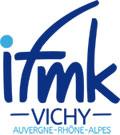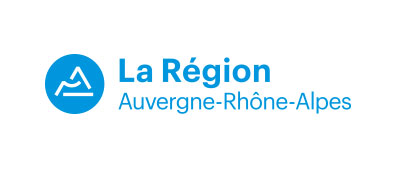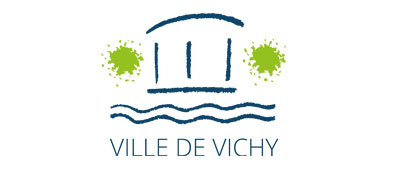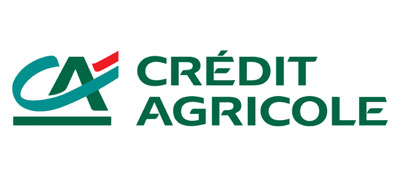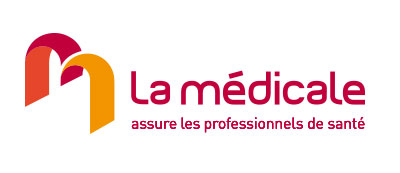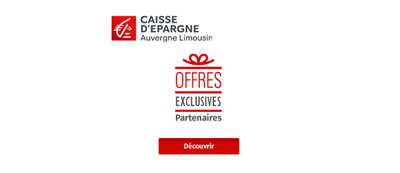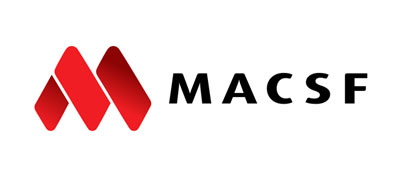The 2nd year of studies in physiotherapy at the IFMK is the last year of the first cycle of training. The new training curriculum develops its organization on the 3 pillars that are fundamental teaching, physiotherapy sciences and practical learning. If this year is the continuation of the first year, it sets up a UE called "integration" whose primary mission is to facilitate the development of clinical reasoning and its reflexive analysis. This dynamic aims at highlighting the links between the fundamental learning that has been worked on since the first year at the Institute and the situations of clinical therapeutic management internships of the second cycle of training. This transversal method should make it possible to optimize logical linkage and thus facilitate the acquisition of professional skills.
In addition, the clinical internship path is expanded through 2 clinical internships of 6 weeks.
Despite the increased density of the training curriculum during training sessions at the Institute, a significant amount of personal work time is taken into account in order to keep the same involvement of the student in his training. The production of written and practical work is the proof of that.
A first axis is to define in a more detailed way the fundamental knowledge to be dispensed as well as the modalities. Multimedia and communication tools enable this. Courses will be made available on our website. They will allow the student to learn theoretical knowledge that is often time-consuming at any chosen moment. Thus, the student will be able to manage his own appropriation of theoretical knowledge. Regulations of these courses will then be proposed within the Institute in order to answer the questions of students and to clarify any misunderstandings.
A second axis aims to optimize practical and technological knowledge, particularly at the core level. The Integration Unit will provide additional context to the technology of the limbs acquired in the 1st year. This tutorial takes place in 4 groups.
Emphasis will be placed on the usage of clinical cases during the tutorials in order to build clinical reasoning especially necessary in complex technological approaches.
Finally, the third axis aims to facilitate the complex understanding of various clinical situations. This mission will be devolved on the one hand to UE 10 (integration) and to the regulations of clinical internships with every pedagogical referent of the student.
UE assessment and validation:
All 13 UEs of the first training cycle must be validated (UEs of teaching and UEs of clinical internships).


